Tokyo’s Waterfront City, Odaiba. The first art festival has launched in the Autumn of 2022. ArtTank is participating as co-curator working for a new project by Leandro Erlich.
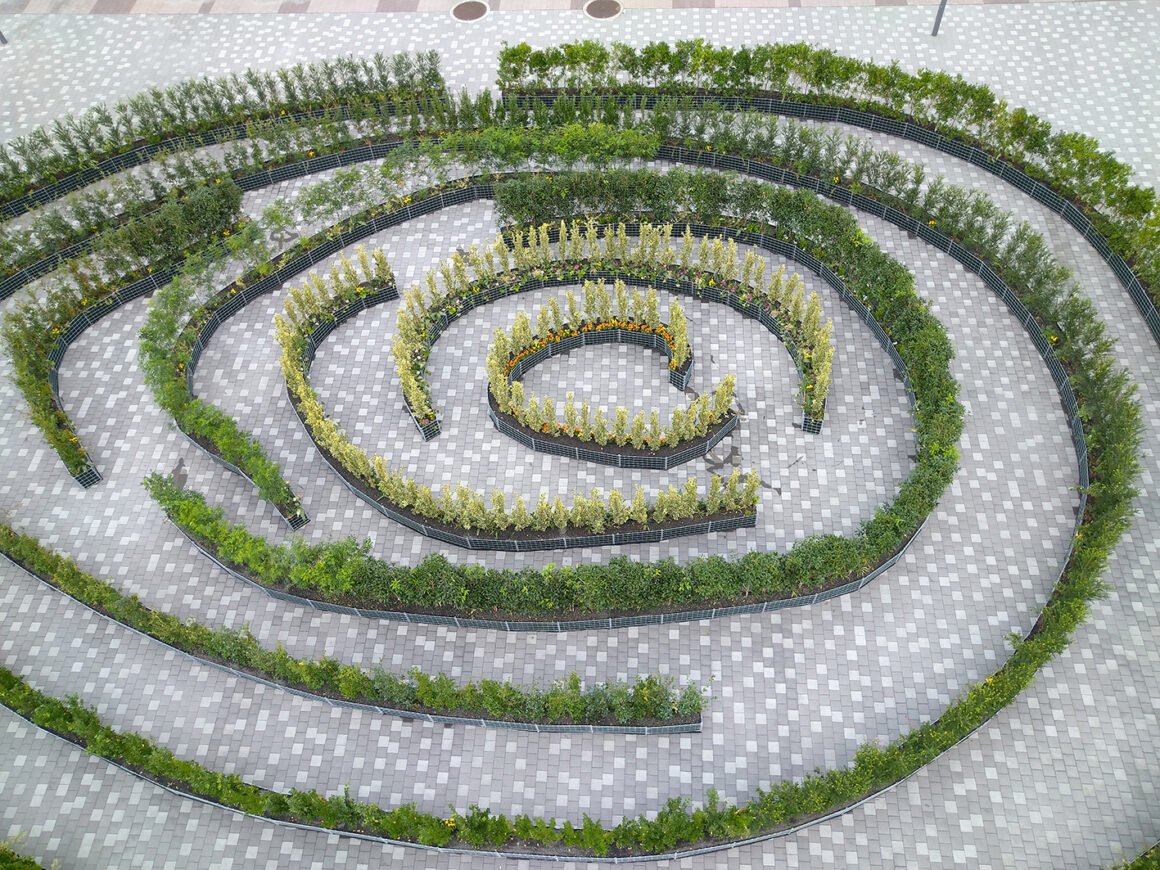
Leandro Erlich has produced his new work series ”The Print” for ArtBay Tokyo.
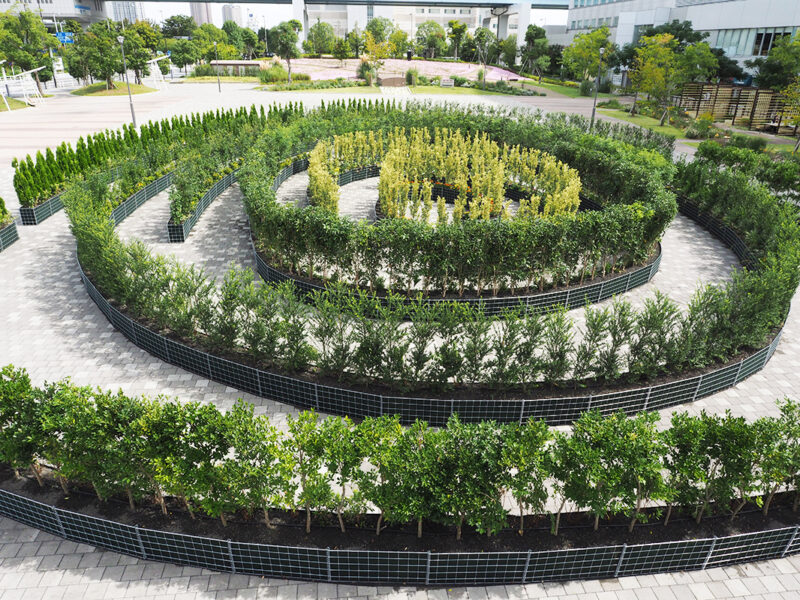
Odaiba is the waterfront city area in Tokyo, notable for large open spaces and shopping malls.
As the first art festival in the area, the theme of the exhibition was "New Scale". By experiencing the works, visitors would be urged to feel a new measurement to, scale to measure the environment.
official webpage: https://www.artbayfes2022.com/
In this event, ArtTank is collaborating with the organizers as a curator of the largest installation, Leandro Erlich's new project.
We have discussed with the artist about the characteristics of the given site, its landscape, the history, and how people engage with the site. Odaiba is completely a new area made by landfill. Few decades before, it was a part of the ocean. All the landscape we see, buildings and forests are artificially made in some years. Considering all the situation, the artist came up with the plan, "The Print".
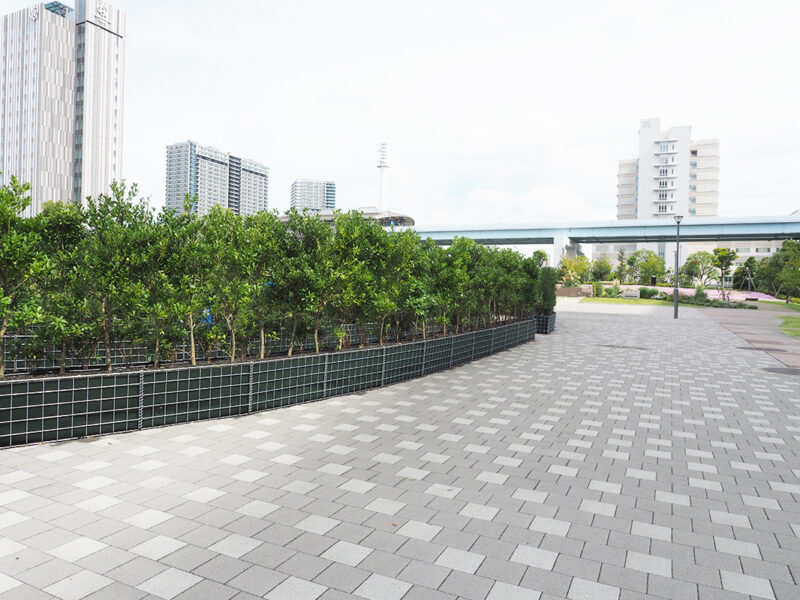
One of the task was to bring in green to the landscape. Odaiba looks like very dry land with huge open spaces between newly developed buildings. The work was to make audience walk by engaging with the work, which of course naturally suite with the theme of the event "New Scale". In the space where all the artifacts are based in geometrical architectural lines, the new work completely was different from its surroundings, having curved lines as its basis, with trees with no straight lines and measurable components. The visual experience seeing the work was somehow was like seeing a historic "ruins" which its overall shape is not simply understand by a glance. One may also associate the work with historic "Daiba" which are the origin of the name of "O-daiba", islands made more than 100 years before as fortress to guard the coast line of Japanese capital from western invasion in the late 19th Century.

We are still able to see Daiba islands from the bridge crossing from the center of Tokyo to Odaiba. Seeing the islands from the bridge, we are able to see the untouched islands covered by plants and trees. The relationship between nature and human is ambiguous, and we rarely see real nature without human involvement, especially in the suburbs of Japanese cities. On the other hand, it is said that nature around in the city area have become more energetic after covid-19 while people less had chance to interfere them. There is a certain delicate balance between human activities and nature, and for example when remind of Angkor Wat, it is clear that if human are absent, nature soon occupy the whole space.
The work in Odaiba only lasts for ten days during the exhibition. But seeing the Daiba islands from the past, it was also possible to feel that the work is like a seed of nature suddenly appearing in the center of the plaza, a seed for nature to take over the space in the future.
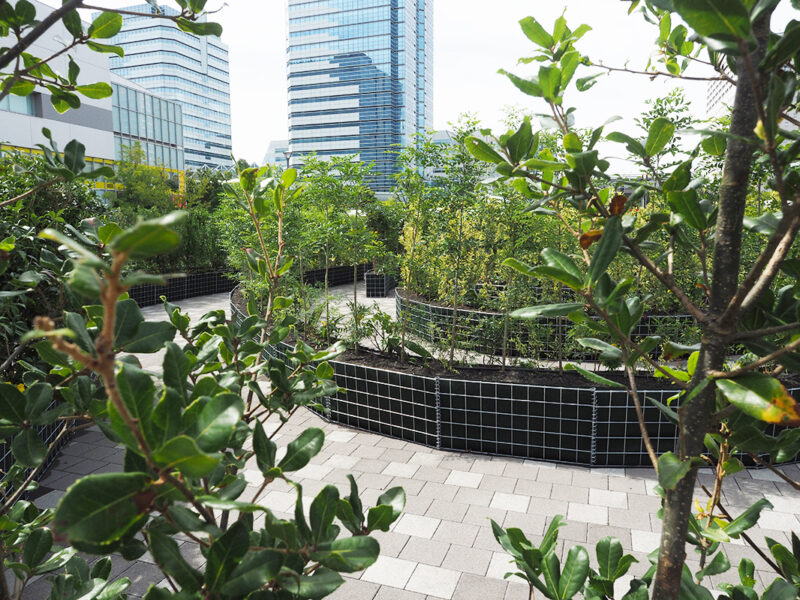
Entering the work, visitors will notice of a passage inside. We will see another passage across the trees, urging us to step forward. Having various different plants selected to make each passage, the view of the passage will gradually change its impression, as visitors walk.
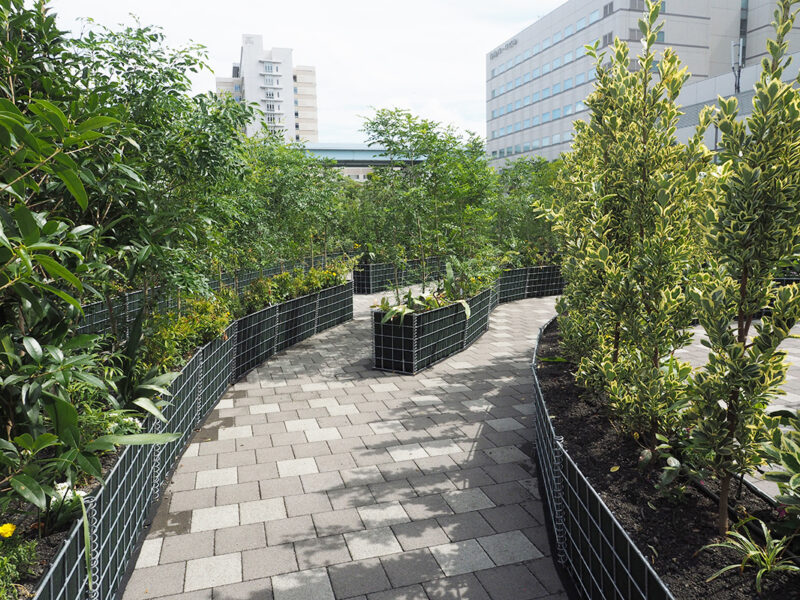
Above all, we would like the audience to walk through the passage and consider what the work is for. Walking the passage, we were to see the plants and trees trying to grow in the middle of the city. The work may make us consider of the relation between human and nature. Still, the audience will not have the whole picture of what the work looks like. Aerial view is the modern invention, and to experience the work on the street level is the initial step to know the work. One of the answers to understand might be written in the official website made by the organizers: However, the answer of "what the work is" is not same as knowing the "visual appearance" , as same as experiencing the old ruins. Art is not only about appreciating its appearance. Through the experience of this work, we may strongly understand the importance to experience the work.
program curation and coordination: ArtTank
production and support (plants and gardening): Goto Zoen
ARTBAY TOKYO Art Festival coordination by NOMURA Co.,Ltd.